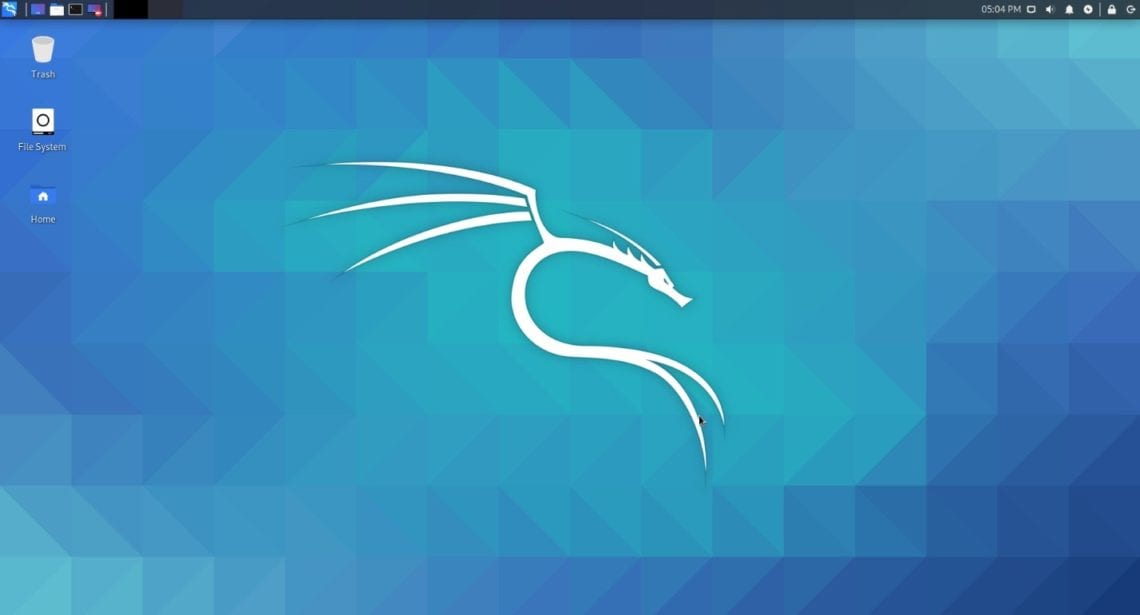

Most development and testing has been conducted on Pwnagotchis living in RPi0W bodies configured as an USB ethernet gadget device (in order to connect to it via USB). The “vanilla” hardware setup for a Pwnagotchi is a Raspberry Pi 0 W (usually referred to as RPi0W throughout this documentation).

Once you've installed your desired tools and made sure you've changed the default passwords, you're all set to start using Kali. All metapackages are installed using the standard Linux apt-get method - for example, to get the complete toolset, you'd use the command apt-get install kali-linux-all. Alternatively, you can also pick specific metapackages to install based on your needs. You can install the 'kali-linux-full' metapackage to get all the tools that are included with the default desktop image of Kali, or you can get every single available tool with the 'kali-linux-all' metapackage. The full list of available metapackages can be found here. Various metapackages are available containing different groups of tools for specific purposes such as password cracking or Wi-Fi analysis. By default, ARM-based Kali images come with the bare minimum of tools pre-installed, but you can use Kali metapackages to install new ones. Once that's done, enter the command startx from the command line to boot into the graphical desktop environment. From the command line, use the following commands to change your SSH host rm dpkg-reconfigure service ssh restart Installing hacking tools

Naturally, it goes without saying that you'll want to change the access credentials to something more secure as soon as possible, but you should also change the SSH host keys, as the Kali image for Raspberry Pi comes with a set of default keys pre-configured. The default should be 'root' and 'toor' respectively. For the final step, a login prompt will appear asking for a username and a password. After powering up the Pi it will go through a boot up process where the screen will go blank a few times before you can finish.


 0 kommentar(er)
0 kommentar(er)
